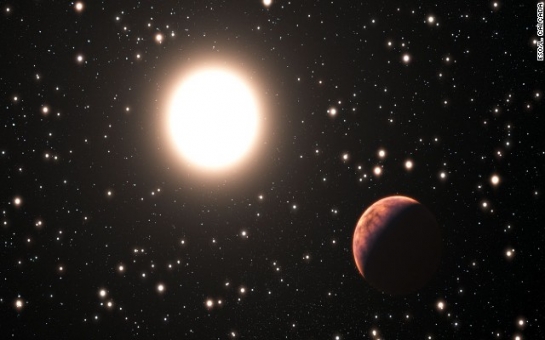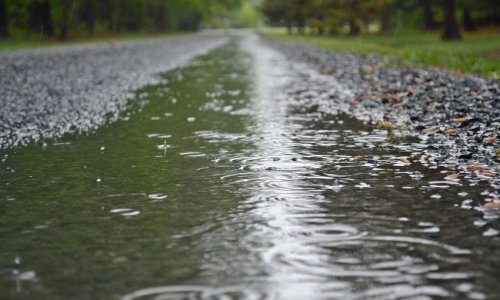Follow us !
Three new planets found, and one orbits a twin of our sun
Society
19:00 | 17.01.2014

Three new planets found, and one orbits a twin of our sun
It's rare for astronomers to spot a planet in a star cluster. That's partly why a cluster called Messier 67 is so special: We now know that it has three planets orbiting stars.Even more exciting: One these planets orbits a star called YBP1194 that is so similar to our sun that scientists call it a "solar twin." The results are described in a study in the journal Astronomy & Astrophysics.A solar twin is similar to the sun in mass, temperature and chemical abundances. This particular star is the first solar twin found in a cluster that has a planet, astronomers say.The lack of planets found in star clusters before had been puzzling because, astronomers say, most stars are born in clusters."These results demonstrate that planets can form and survive in a dense cluster environment, where strong interactions with other stars are supposed to be present," said study co-authors Anna Brucalassi and Luca Pasquini in an e-mail.We won't be visiting Messier 67, home to about 500 stars, anytime soon. It's also a Milky Way resident, like us. But the cluster is about 2,500 light-years away from Earth, in the constellation Cancer. One light year is nearly 6 trillion miles.Open clusters such as this one are much more dense in terms of how close together stars are than the neighborhood of our sun, said Sara Seager, professor of planetary science and physics at Massachusetts Institute of Technology, who was not involved in the study."It's great to see progress made in finding planets in stellar environments different from our local solar neighborhood," Seager said in an e-mail.Researchers used an instrument called HARPS, which is part of the European Southern Observatory's 3.6-meter telescope, at the La Silla Observatory in Chile. Other instruments, located in a variety of international locations, provided data that supplemented these results.Scientists looked at 88 stars in the cluster for six years, checking for signs of planets. Specifically, they wanted to see whether the stars appeared to be moving toward and away from Earth, as this would indicate orbiting planets. This method of finding planets is called the radial velocity method.These observations suggest the presence of three planets in the cluster. Two of them orbit stars that resemble the sun and have at least 33% of the mass of Jupiter. It takes one of these planets seven days to orbit its host star ("YBP1194"), and the other one five days to orbit its sun, which is called YBP1514.The third planet orbits a red giant star, called S364, which is more massive and more evolved than our sun. That planet is more massive than Jupiter and takes 122 days to go around its host star.These are not good candidates for habitable homes, however. Liquid water could not exist on any of these planets, astronomers say, because they are too close to their host stars.There are two main types of star clusters: Open clusters and globular clusters. When a single cloud of gas and dust forms a group of stars, that is an open cluster. Globular clusters, on the other hand, are larger groups of older stars, orbiting around a galaxy's center.More than 1,000 planets have been identified outside our solar system; they are called "exoplanets." But astronomers have not found any planets in globular clusters, and less than 10 in open clusters.The results from this study suggest that "massive planets around stars of open clusters are as frequent as those around field stars," the authors wrote.In other words, given that three planets with around the same mass as Jupiter were found in Messier 67 and the other "hot Jupiters" found in other open clusters, these kinds of planets seem to be as common in open clusters as in stars that don't belong to clusters at all."This will also enable a number of further studies that take advantage of the unique characteristics of cluster's stars," Brucalassi and Pasquini said.Messier 67 is one of the oldest open star clusters that we know about, at around 4 billion years old, according to NASA.Astronomers know only about a handful of true solar twins and possibly only one more like our sun than Y1194, the one with the planet in Messier 67."This similarity is so striking that astronomers have studied whether the sun could be born in this cluster," Brucalassi and Pasquini said.(CNN)ANN.Az










